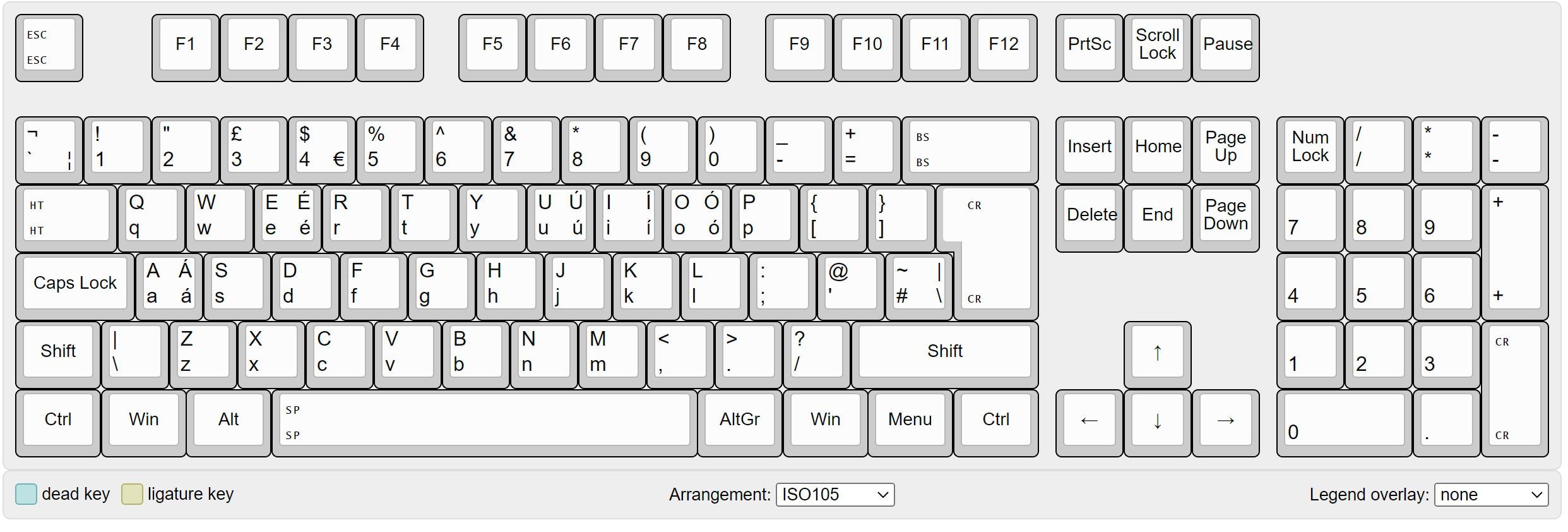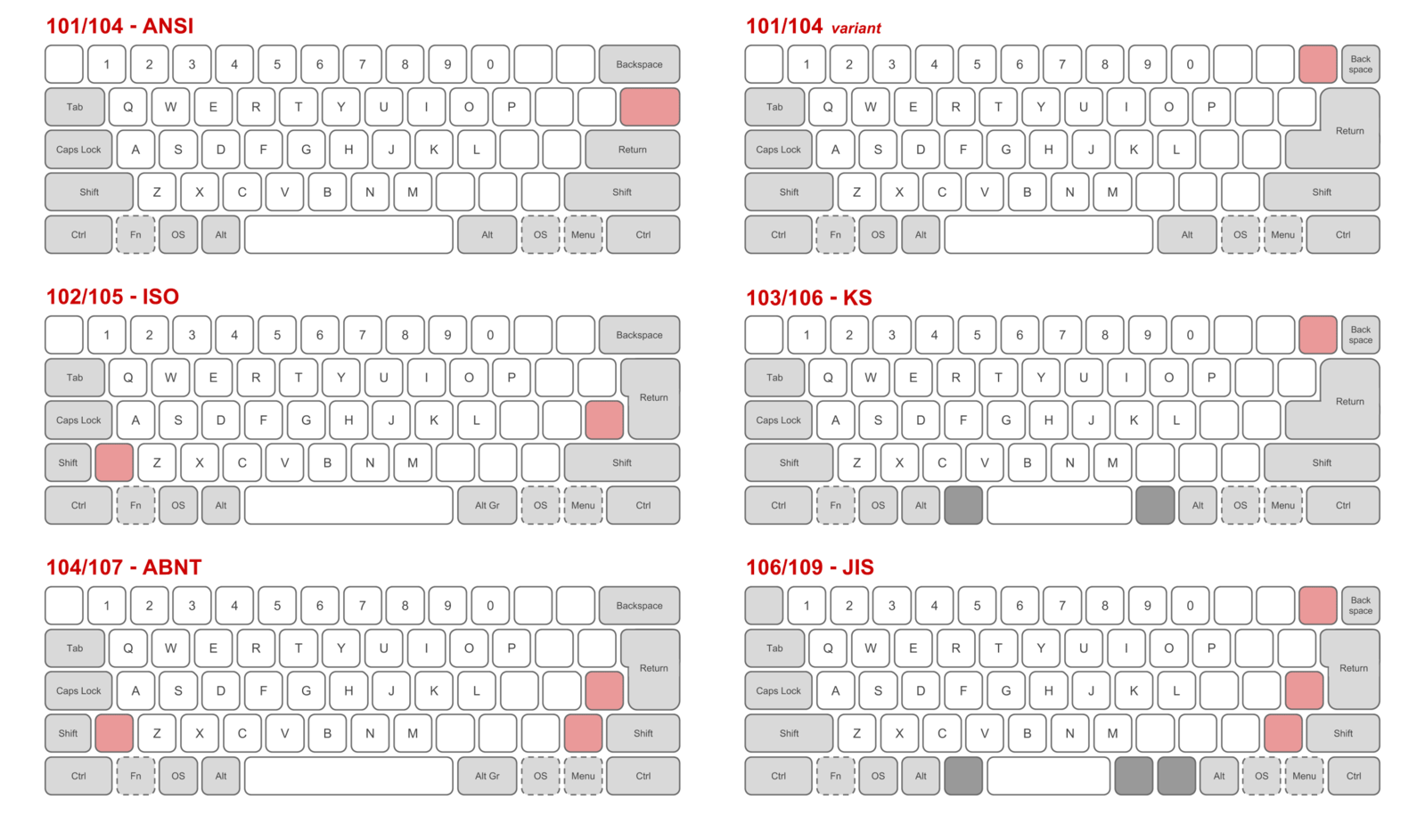Okay, so the other day I was scrolling through some mechanical keyboard forums, and I kept seeing this term “ISO layout” thrown around. I’m pretty familiar with the standard ANSI layout (you know, the one most keyboards in the US use), but ISO was a bit of a mystery. So, I decided to do a little digging and figure out what the heck it was all about.
First Steps: What’s the Difference?
My first step was hitting up Google. I typed in “what is ISO keyboard layout” and started browsing. I found some comparison images, and that’s when it really clicked. The most obvious differences are:

- The Enter key: On an ISO layout, it’s this big, tall, L-shaped thing, instead of the horizontal rectangle on ANSI keyboards.
- The Left Shift key: It’s smaller on ISO to make room for an extra key next to it.
- An extra Key:That extra key! Usually has some different symbols.
Why Though, why have a different layout?
Deeper down the research rabbit hole I went. Turns out, ISO is super common in Europe. Apparently the extra key and the arrangement is designed to make typing in different European languages easier. I started looking at pictures of keyboards with, like, German and French layouts, and yup, they were mostly ISO.
Seeing it in the Wild
I wanted to really “get” it, So I browsed some online stores that sell keyboard parts. Many custom keyboard kits even let you choose between ANSI and ISO layouts. I realized that it wasn’t just some obscure thing – it’s a legit option, even in the custom keyboard world!
Could I use an ISO Layout?
Now, I was curious. Could I actually use an ISO layout?
I am learning a bit of German, so I started to think if maybe it would help…

I spend a lot of time just thinking and realizing that I’ve been using ANSI my whole life. Switching to ISO would probably mess with my muscle memory, big time. I imagined myself constantly hitting the wrong keys, especially that Enter key.
My conclusion?
So, after all this exploring, I’ve decided ISO isn’t for me, at least for now. I concluded that, while it’s super interesting and makes sense for other people, sticking with ANSI is the way to go for my needs. But hey, at least now I know what it is! When I see “ISO” on those keyboard forums, I won’t be scratching my head anymore. I can even jump into the conversation… maybe.